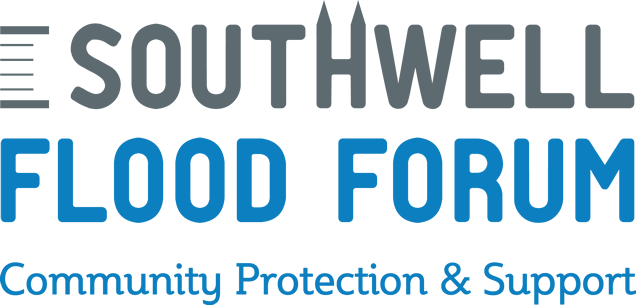Tim Farr (Chair), Jacky Huson, James Parker, Jillian Labadz (Nottingham Trent University lecturer) and Josh Wells (NTU PhD student) attended the Chartered Institute of Water and Environmental Management (CIWEM)/NFF conference this year on December 2nd in London at the hastily rearranged venue of Cavendish Conference Centre.
The conference was attended by around 150 people drawn from volunteer groups, local authorities, academics and other government departments. The conference started with a rousing speech by Rory Stewart on the value of community led approaches; speakers covered three areas, the work of projects, and implications for local authorities, with a final session on where to go now on community resilience.
Here is the link to the Report. The National Flood Forum is also developing a hub where information and resources from the project will be available for others to use. The scheme has learning lessons for a number of areas for authorities and others active in this area.
Key Lessons:
Community Participation in Flood Management
· Flooding issues have more traction when embedded in wider, social issues at local level (e.g. housing, litter, fuel poverty, isolation).
· The provision and management of local flood resilience infrastructure is an important focus for liaison between local flood groups and the flood authorities Effective local action requires the authorities to recognise and build on existing capacities and work from where people are. Successful flood groups develop where time has been taken to understand the needs of the community.
· Flood volunteers can be engaged in many different ways. Authorities shouldn’t assume that they are all the same: understanding diverse motivations can increase the participation of community members.
· Setting up flood groups and creating networks (for example) through multi-agency meetings, is a valuable way of linking members of the community with formal institutions. Links with formal institutions are key to long-term sustainability, and cultural change.
· Intermediary organisations can be more effective in working with businesses than the local authority.
There are many very capable active citizens out there and we should not be afraid of trusting local people on housing estates, villages and small towns to manage their own flood risk and response. The right kind of enabling action and support by authorities, helping those at risk to manage their risk and take appropriate actions, can have a transformative impact.
Headlines
· Evidence suggests that combining building community capacity to take responsibility for risk with the provision of warnings, information and physical measures provides significant local benefits.
· Communities are better able to contribute to their own resilience if they are working with local authorities. Some funding or other forms or investment by the local authority in community flood resilience can leverage greater outputs and better outcomes than either party working alone.
Property and Community Resilience
· The scheme has demonstrated that it is the process of working with communities when developing the infrastructure is the key to building community capacity for flood resilience.
· Small-scale infrastructure measures, like property-level protection, work better as part of a community-wide resilience process or package rather than in isolation.
· Authorities need to assess in advance community capacity to install, manage and maintain the ‘kit’, and to be aware that local authority procurement rules are not often geared to delivering the tailored and personalized interventions required.


